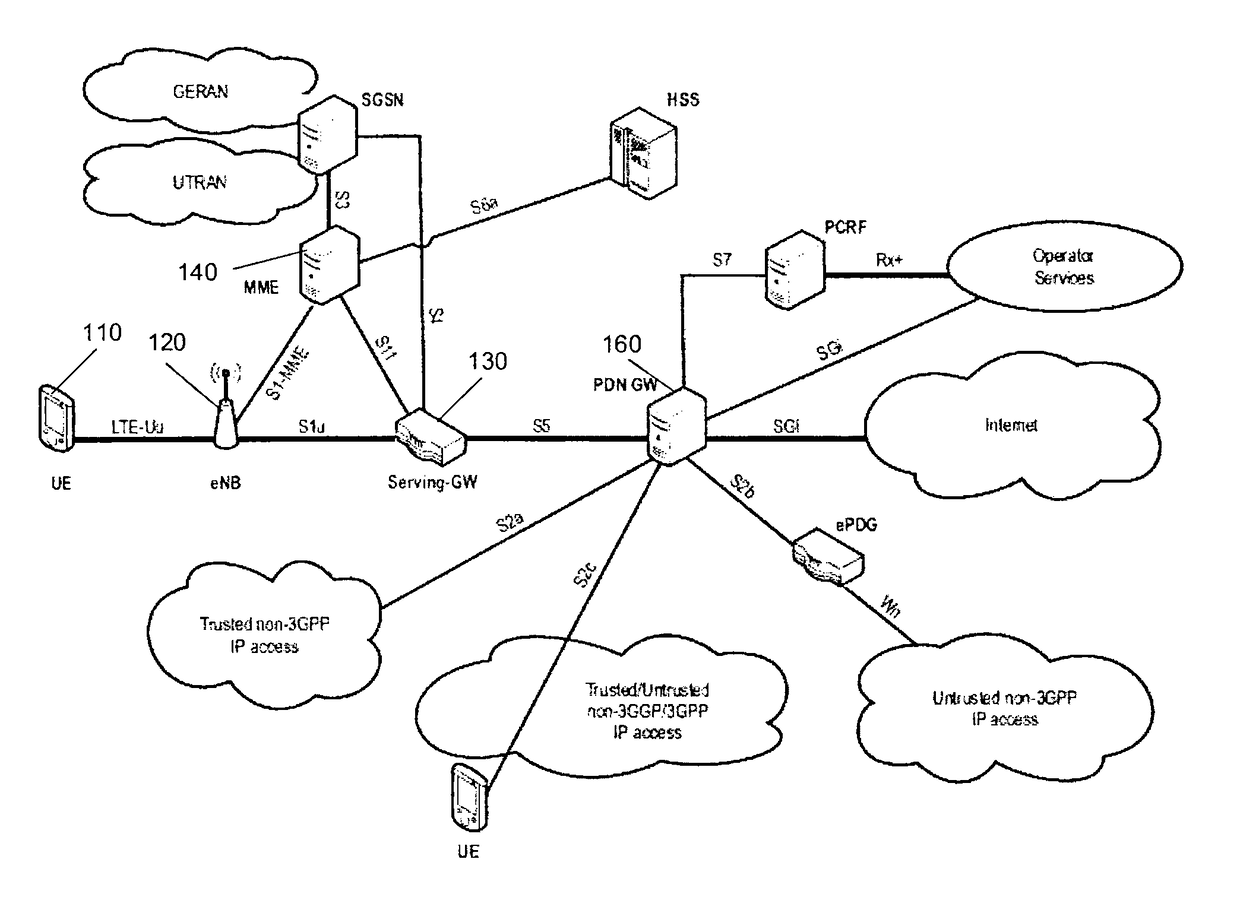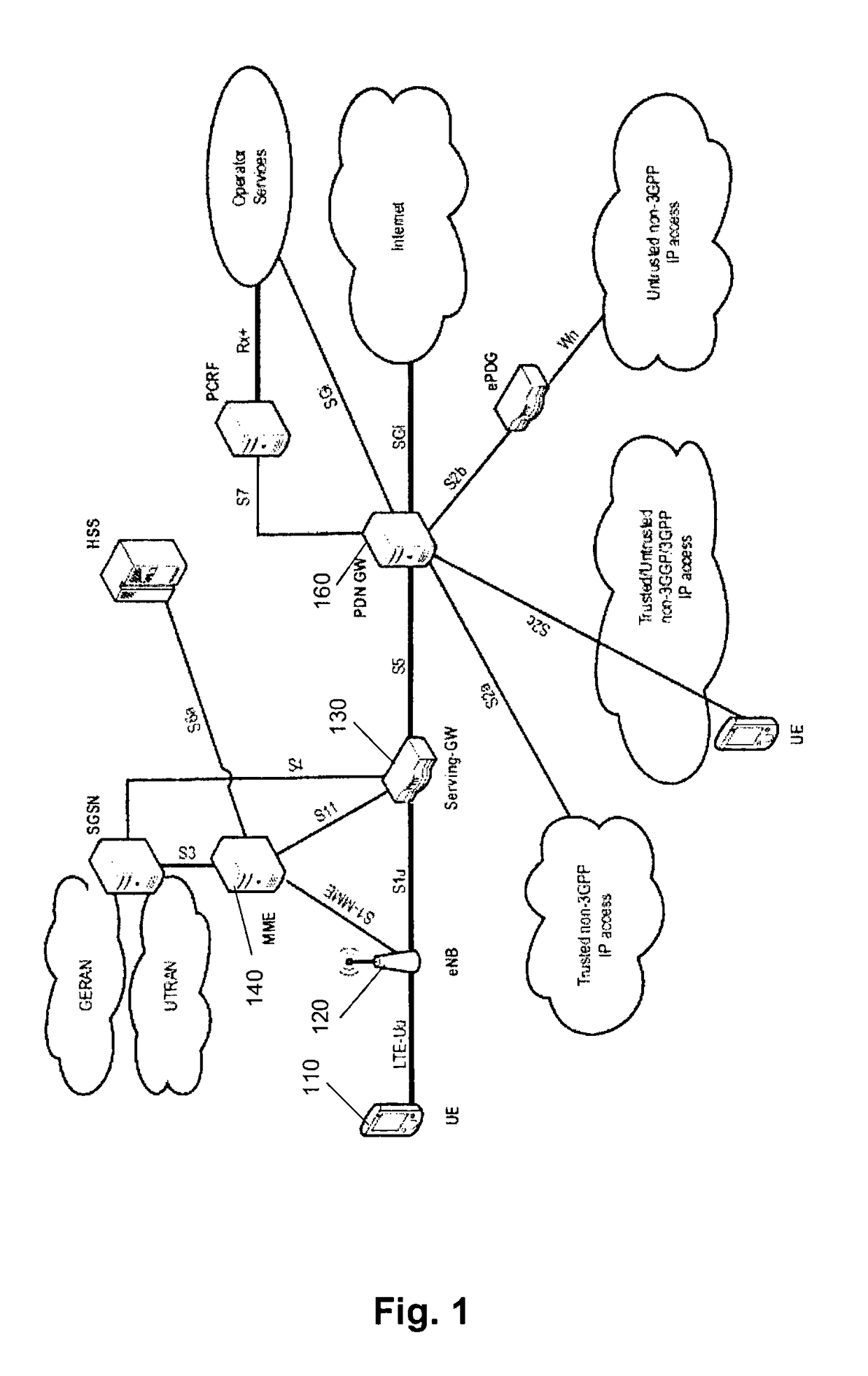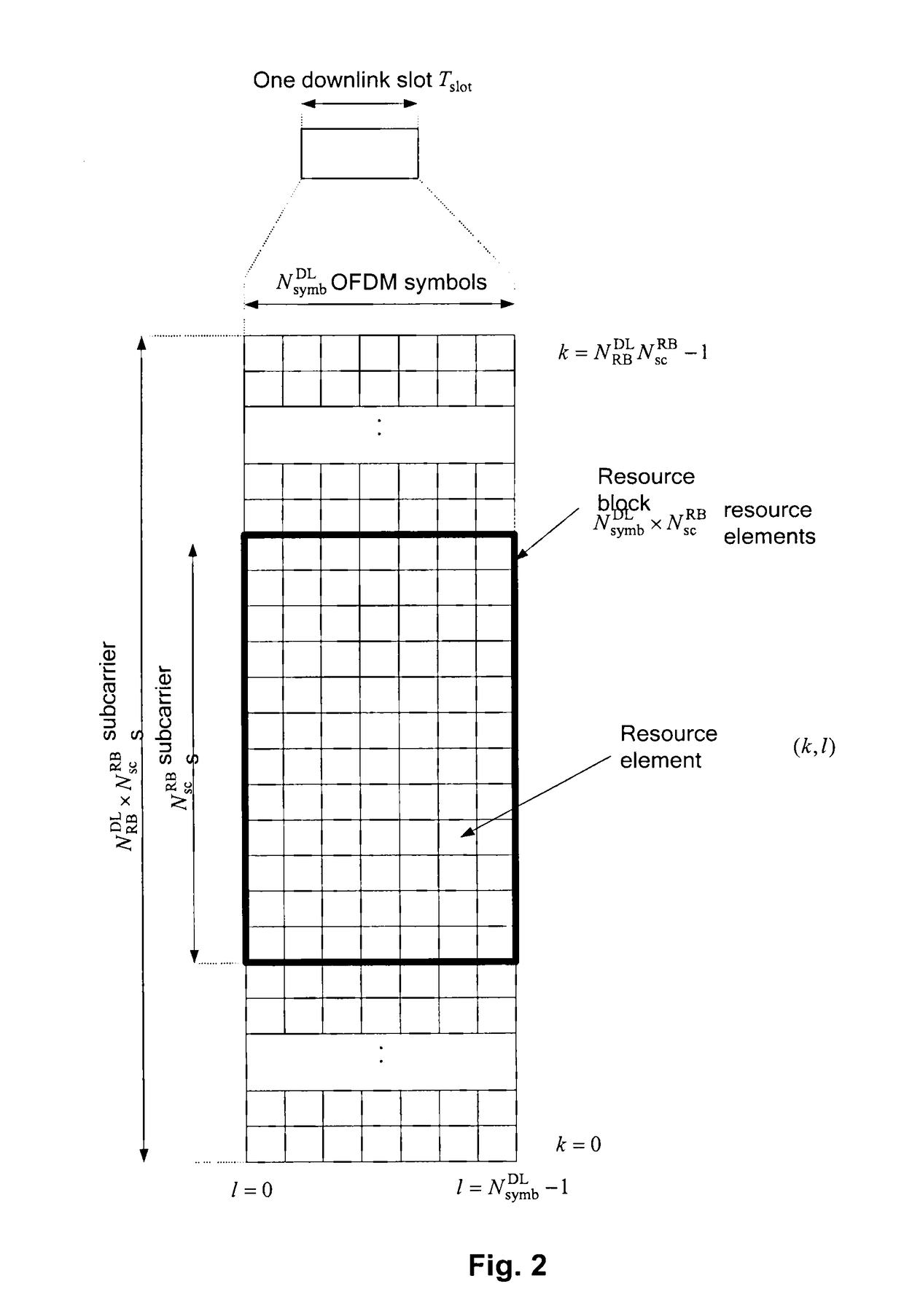Interference parameter signaling for efficient interference cancellation and suppression
a signaling and interference parameter technology, applied in multiplex communication, orthogonal multiplex, channel coding adaptation, etc., can solve the problem of loss of all resource assignments contained in the demodulator, increased disturbance of the demodulator input yielding an increased bit error rate, and increased bit error rate of the demodulator inpu
- Summary
- Abstract
- Description
- Claims
- Application Information
AI Technical Summary
Benefits of technology
Problems solved by technology
Method used
Image
Examples
Embodiment Construction
[0115]The present invention addresses the support of interference cancellation and suppression by means of network assistance. Interference cancellation and suppression on the UE side can significantly increase downlink user throughput due to increased PDSCH SINR. Knowledge of interference parameters is required on UE side for performing effective interference cancellation and suppression. The interference may be an inter-cell interference as illustrated on FIG. 5. Accordingly, a UE is served by a serving node (e.g., a base station, such as eNB for LTE system) and is exposed to interference from another node such as another base station controlling another respective cell. It is noted that the source of interference does not necessarily have to be a network node such as eNB. Rather, the interference may be generated also by relays or even by other terminals (especially in the uplink for the LTE), or by parallel transmissions to other receivers from the serving node itself.
[0116]The ...
PUM
 Login to View More
Login to View More Abstract
Description
Claims
Application Information
 Login to View More
Login to View More - R&D
- Intellectual Property
- Life Sciences
- Materials
- Tech Scout
- Unparalleled Data Quality
- Higher Quality Content
- 60% Fewer Hallucinations
Browse by: Latest US Patents, China's latest patents, Technical Efficacy Thesaurus, Application Domain, Technology Topic, Popular Technical Reports.
© 2025 PatSnap. All rights reserved.Legal|Privacy policy|Modern Slavery Act Transparency Statement|Sitemap|About US| Contact US: help@patsnap.com



